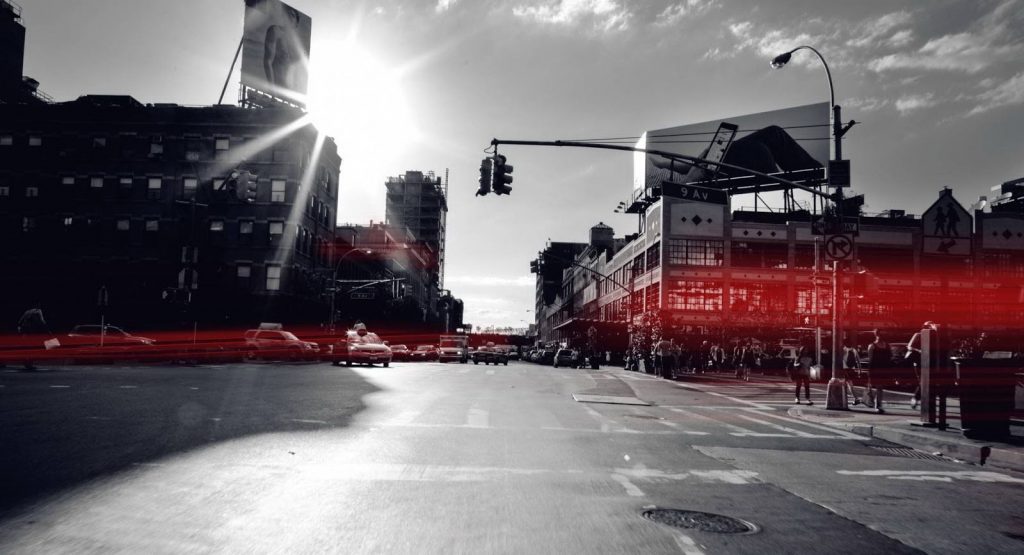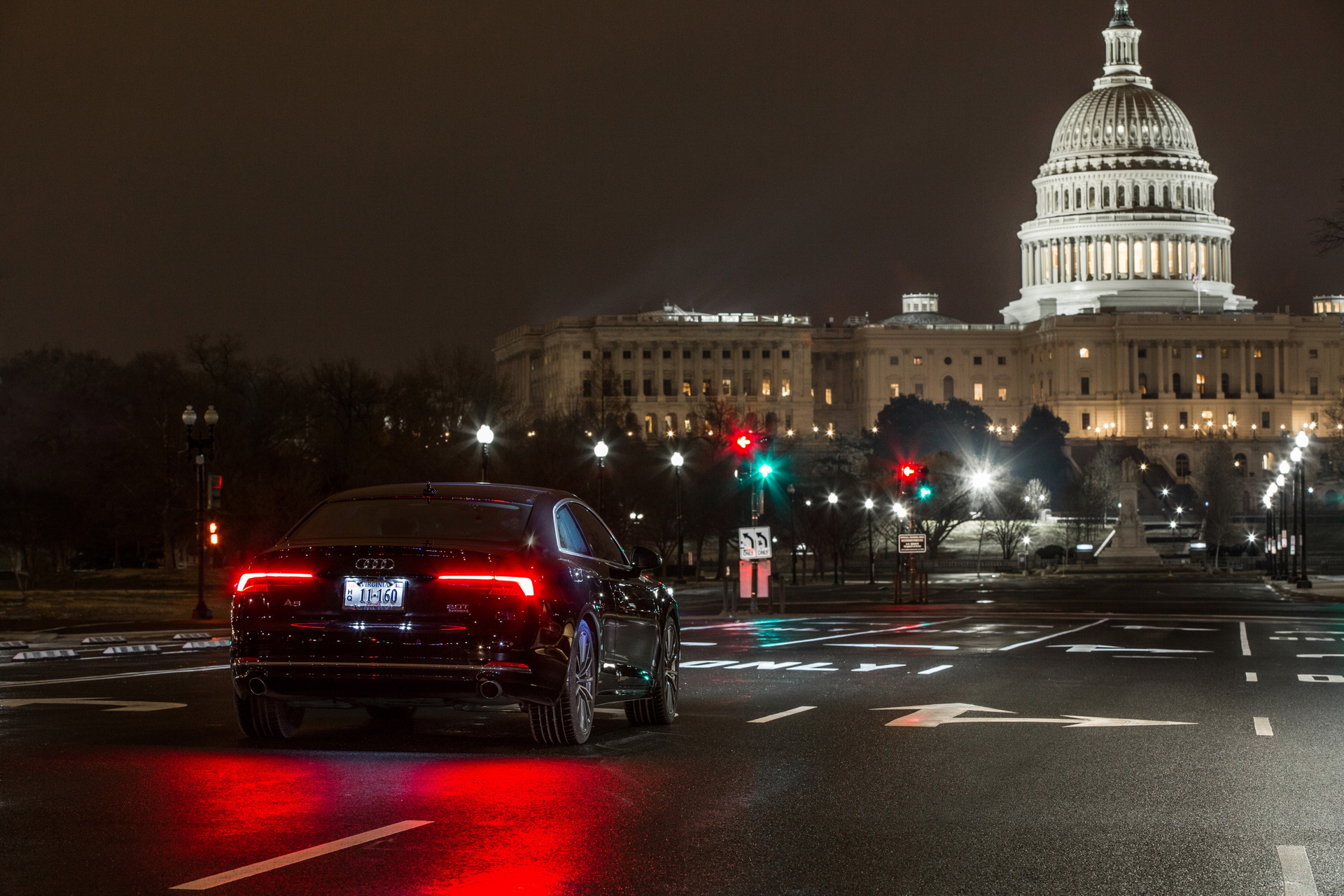According to the American Automobile Association, more than two people die every day in the United States because of drivers that run through red lights.
No less than 939 people were killed in red light running crashes in 2017 – this being the most recent data available. Even so, it represents a 28% increase over 2012, marking a 10-year high in alarming fashion.
The numbers also show that 46% of red light running fatalities were passengers or people in other vehicles, with more than 5% being pedestrians or cyclists, and a little over 35% of were driving.
“Drivers who decide to run a red light when they could have stopped safely are making a reckless choice that puts other road users in danger,” said Dr. David Yang, executive director of the AAA Foundation for Traffic Safety. “The data shows that red light running continues to be a traffic safety challenge. All road safety stakeholders must work together to change behavior and identify effective countermeasures.”
Also Read: Honda Minivan Driver Runs Red Light, Instantly Regrets Decision
As per the AAA Foundation’s latest Traffic Safety Culture Index, even though 85% of drivers know that running a red light is dangerous, nearly one in three say they have done so within the past 30 days. To make matters worse, more than 2 in 5 believe that, even if they do commit this violation, it’s unlikely that a police officer will be nearby to witness what they have done.
Still, according to the Insurance Institute for Highway Safety (IIHS), implementing red light cameras could sway drivers away from unlawful behavior while on the road.
“Cameras increase the odds that violators will get caught, and well-publicized camera programs discourage would-be violators from taking those odds. Camera enforcement is a proven way to reduce red light running and save lives,” said IIHS VP for Research, Jessica Cicchino.
While cameras are of course a very good idea, the AAA thinks that changes in driver behavior are also critical.
In order to keep yourself safe while approaching a red light, one could simply lift their foot off the accelerator and keep it hovering above the brake, just in case. Another good tip is to monitor “stale” green lights, meaning that if the light ahead has been green for a while, it is more likely to turn yellow as you approach the intersection.
The Foundation also recommends waiting a second or so after the light has turned green in order to look both ways before proceeding. You might get honked at by somebody who’s in a rush, but nothing’s more important than doing your best to avoid a (potentially fatal) crash.
You can read more about AAA’s study right, in greater detail, here.








